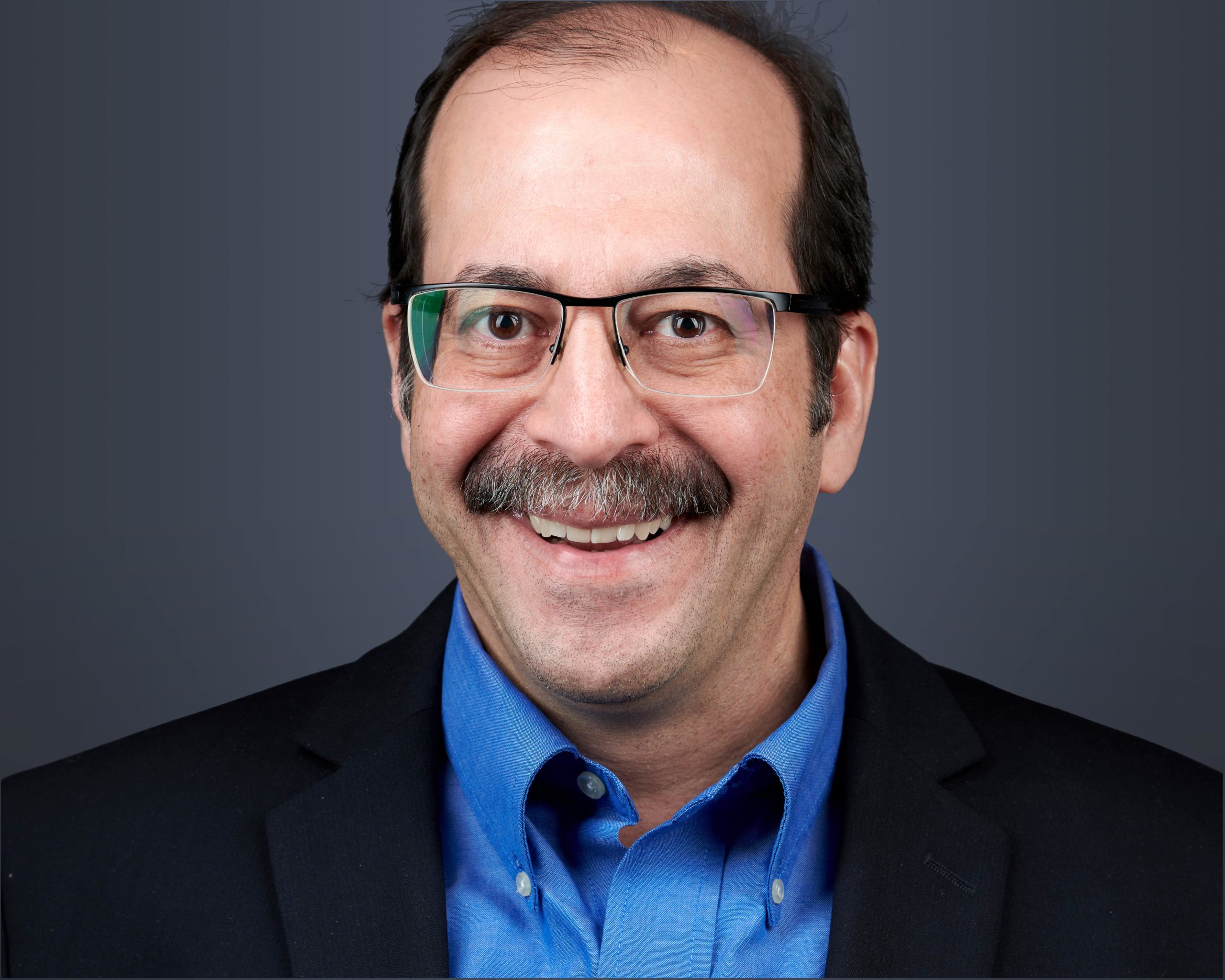A recent survey by Dynata, commissioned by Redpoint, shows a pronounced gap in the experience healthcare consumers expect to receive from their provider and what is provided. More than 90 percent of patients say that it is either “important” or “very important” to receive relevant communications from their provider and healthcare plan that accurately reflect where they are in their healthcare journey, yet just half (50 percent) of patients say they are very satisfied with the relevance of the communication they receive.
The disparity is cause for alarm for providers when considering the consequences of a poor experience. Asked the top reasons why they would switch providers or healthcare plans, respondents ranked a poor experience No. 1 (41 percent), followed closely by a lack of personalization and patient understanding (38 percent). The results mirror those of the 2021 Accenture Health and Life Sciences Experience survey, in which 34 percent of respondents said that a poor experience would cause them to either switch medical providers or make them less likely to access care in the future.
Healthcare Consumerism and a Single Patient View
The elevation of experience in how a patient assesses quality of care relates to the healthcare consumerism trend, where patients accustomed to personalized, omnichannel experiences in other industries expect the same from healthcare. Those expectations include an ability to engage seamlessly on physical and digital channels, for providers to have a personal understanding of them across channels (even outside of a clinical setting) and to have more control over their healthcare journeys. More broadly, healthcare consumers expect all their caregivers to possess the same consolidated view to ensure a frictionless healthcare journey. To achieve a consolidated view, healthcare plans, providers (primary care, specialists, urgent care, etc.) and pharmacists must all work with the same consumer data, a unified customer golden record that allow for consistency across channels and touchpoints.
The challenge, though, is that data is often siloed across multiple systems and processes which makes it difficult to compile a consistent, real-time view of a consumer in the context of an individual journey. A provider, for example, may have clinical data but lack insight into a patient outside of a clinical setting, such as social determinants of health. When engaging with a patient, a lack of a single patient view makes it difficult to communicate with relevance.
But as the Dynata survey shows, healthcare consumers expect relevant communications that span the entire healthcare journey. Consider that 64 percent of respondents said that an important factor when choosing a healthcare provider is the provider’s ability to communicate in a timely manner, and 57 percent claimed an important factor was how well the provider understands you as a patient and creates a personalized experience.
rg1 and a Single Point of Operational Control
Redpoint rg1 addresses the challenges in meeting demands for a holistic, personalized experience by enabling a single patient view and a single point of operational control. With rg1, providers, payers and other healthcare professionals communicate at the right time and on the right channel, optimizing engagements that guide patients through an individual, relevant healthcare journey across digital and physical channels.
Leading healthcare organizations trust rg1 because its approach to privacy, data security, compliance, segmentation and omnichannel orchestration is unlike other customer data platforms (CDPs). As an example, unlike pure SaaS vendors, the rg1 platform can be deployed behind a healthcare organization’s security perimeter in its own private cloud. Because PHI data, PII data, consumer, claims and clinical data are integrated in a single platform, healthcare professionals can segment audiences at a granular level to vastly increase relevance in patient engagements.
When running a campaign to close a care gap, for instance, rg1 makes it possible to segment based on health condition, channel and content preferences instead of merely sending static content based on a patient’s age, location or another demographic variable that may be less relevant to the individual patient’s current healthcare journey.
For more on why rg1 is the preferred choice for leading healthcare organizations, visit Redpoint for Healthcare on LinkedIn, or to see how rg1 can solve your company’s unique business challenges and improve outcomes, click here.
Related Redpoint Orchard Blogs
In a Heartbeat: The True Value of a CDP in Healthcare
It is Time to “Act as One” for the Benefit of the Healthcare Consumer
Be in-the-know with all the latest customer engagement, data management, and Redpoint Global news by following us on LinkedIn, Twitter, and Facebook.
